
The phrase Immaculate Conception are not in the Bible, yet the teaching that Mary was conceived without sin carries the weight of dogma: a Greek term for “what seems right.” A dogma is considered an infallible teaching. According to the First Vatican Council (the "other" Vatican council rarely talked about), a dogma must be 1. Contained in scripture or part of post-biblical tradition; 2. Explicitly proposed as a divinely revealed belief; and 3. Issued as a solemn decree that can be later developed but not deliberately rejected without risk of heresy.
Wow. That means this teaching about Mary’s beginnings is essential to Catholic understanding. Yet none of the four gospels mentions Mary’s origins. Even her parents, Joachim and Anne, are not named. The genealogies of Jesus in Matthew 1 and Luke 3 trace Joseph’s line.
We get our early stories about Mary from that “post-biblical tradition” alluded to above, records of hazy origin like The Birth of Mary, the Protoevangelium of James, and The First Gospel of the Infancy of Jesus. While these documents didn’t make the cut when the canon of scripture was set, they remain valuable windows into the way early Christians expressed their beliefs. One thing they make clear: The early church had a powerful sense that the Incarnation-event bound Jesus and his mother in a singular, physical infusion of divine grace.
That helps us appreciate why the Immaculate Conception—celebrated as a feast in the 11th century and officially introduced as dogma in 1854—still represents a very early church understanding. Theologians point to scripture passages that validate the cosmic preparation of Mary for her role: Genesis 3:15 (sin will be conquered by a woman); Luke 1:28 (Mary is favored); Luke 1:42 (Mary is blessed among women).
The 12th-century theologians Anselm and Bernard of Clairvaux as well as Aquinas and Bonaventure in the 13th century voiced concern that a sinless Mary would put her outside of the need of Christ’s universal salvation. Do we really want to say she didn’t need saving? The Franciscan Duns Scotus resolved the objection by saying Christ could save in two ways: by lifting up the sinner or by preserving one from sin altogether. Mary remains the only person so far identified in the latter category.
Consider this: There was a time when your life and your mother’s were literally inseparable. For the sake of that time when Mary and Jesus shared life together in her body, why wouldn’t God prepare the way?
Scripture
• Genesis 3:15; Luke 1:28, 42
Online
• Ineffabilis Deus, Pope Pius IX’s Apostolic Constitution on the Immaculate Conception, December 8, 1854
• The Second Vatican Council’s Dogmatic Constitution on the Church (Lumen Gentium), chapter 8, “The Blessed Virgin Mary, Mother of God in the Mystery of Christ and the Church”
Books
• The Virgin Mary and Theology of the Body edited by Donald H. Calloway, M.I.C. (Marian Press, 2005)
• Lost Scriptures: Books That Did Not Make It into the New Testament edited by Bart D. Ehrman (Oxford University Press, 2003)
• Tradition and Incarnation by William L. Portier (Paulist Press, 1994)




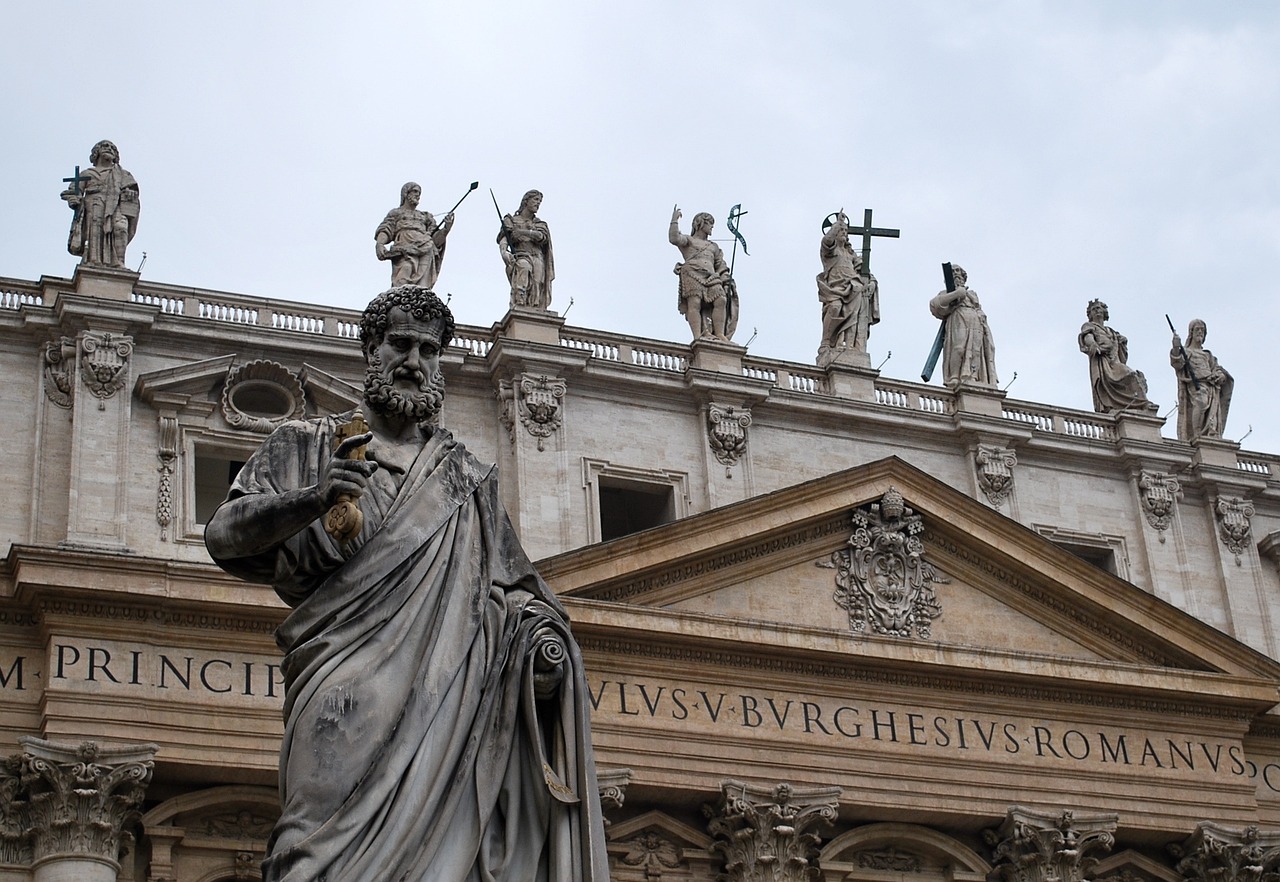
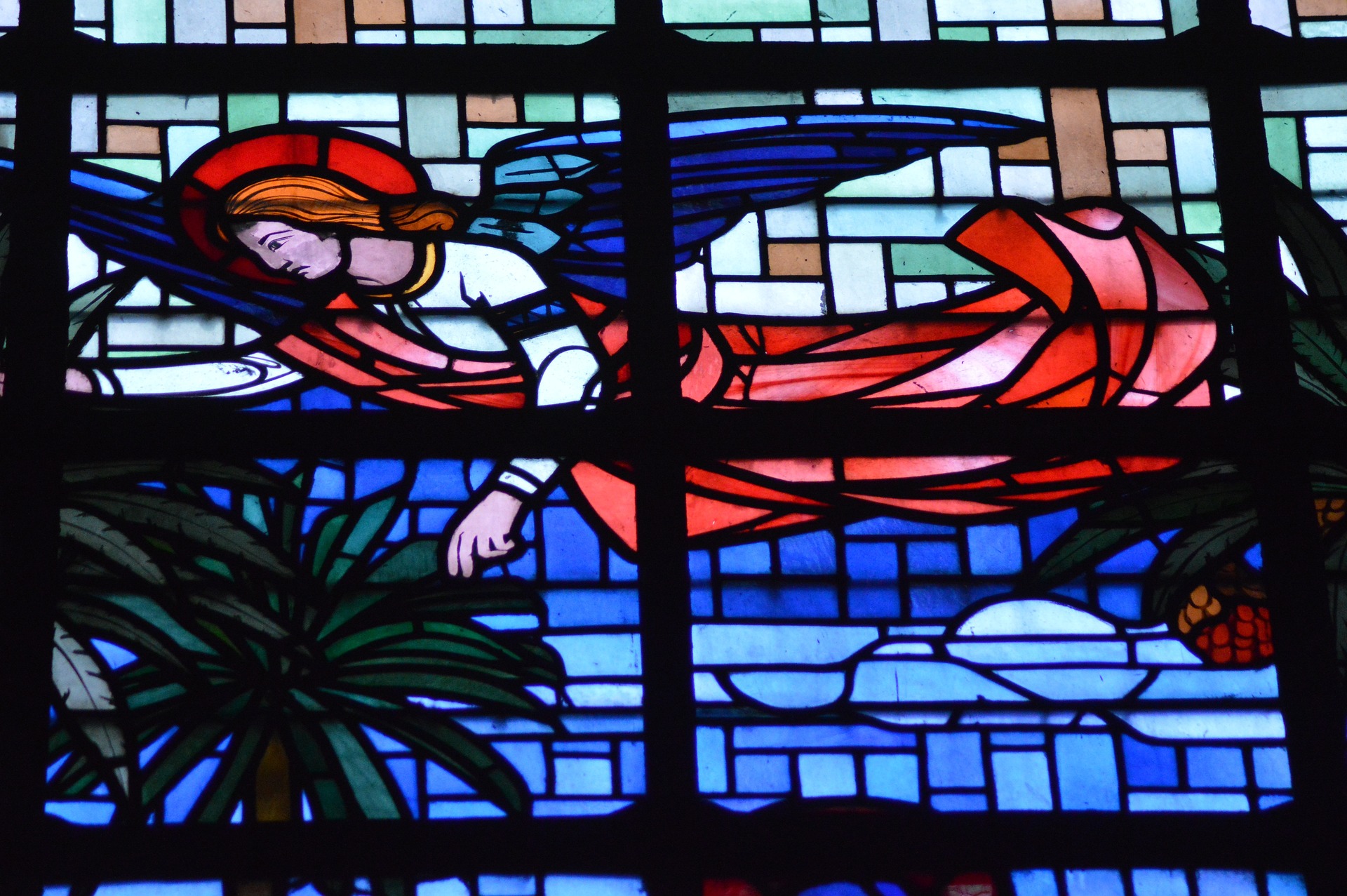
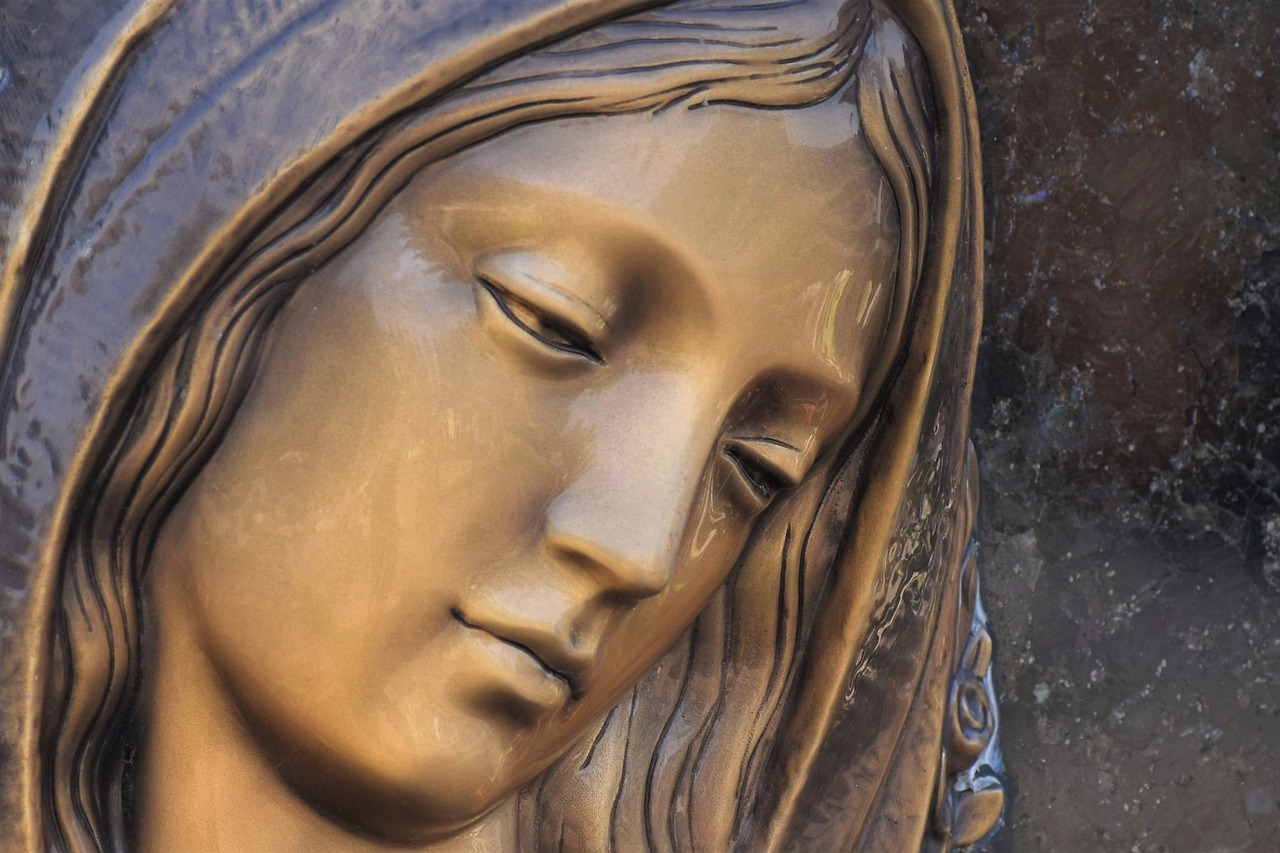
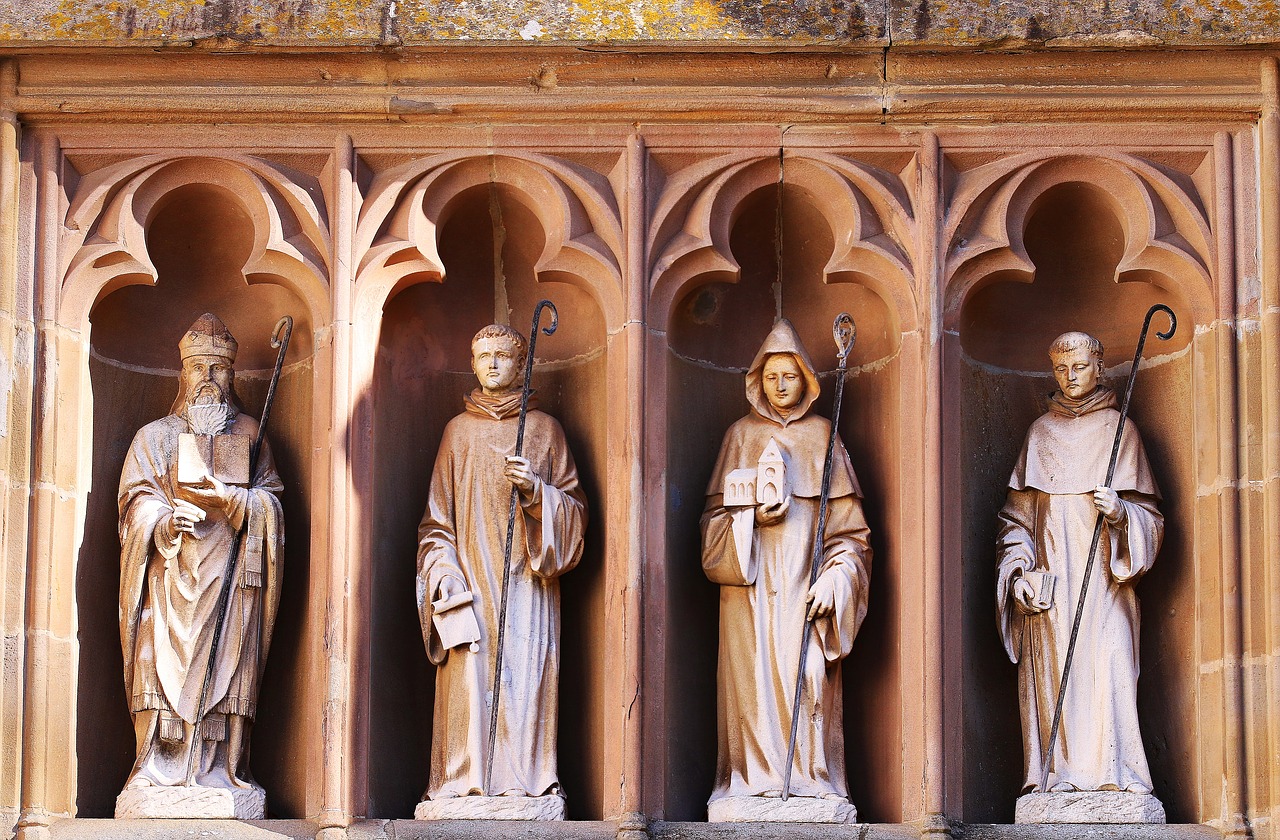
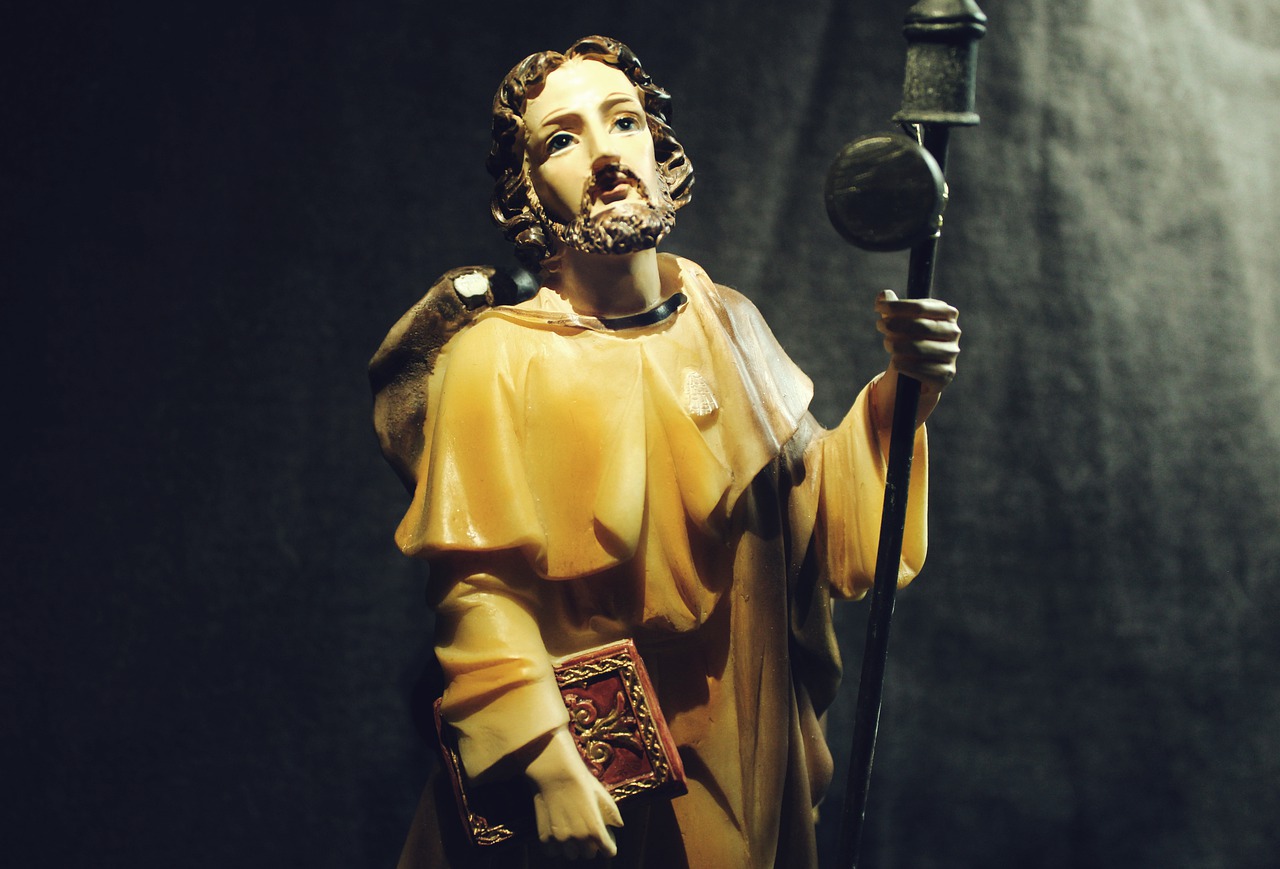
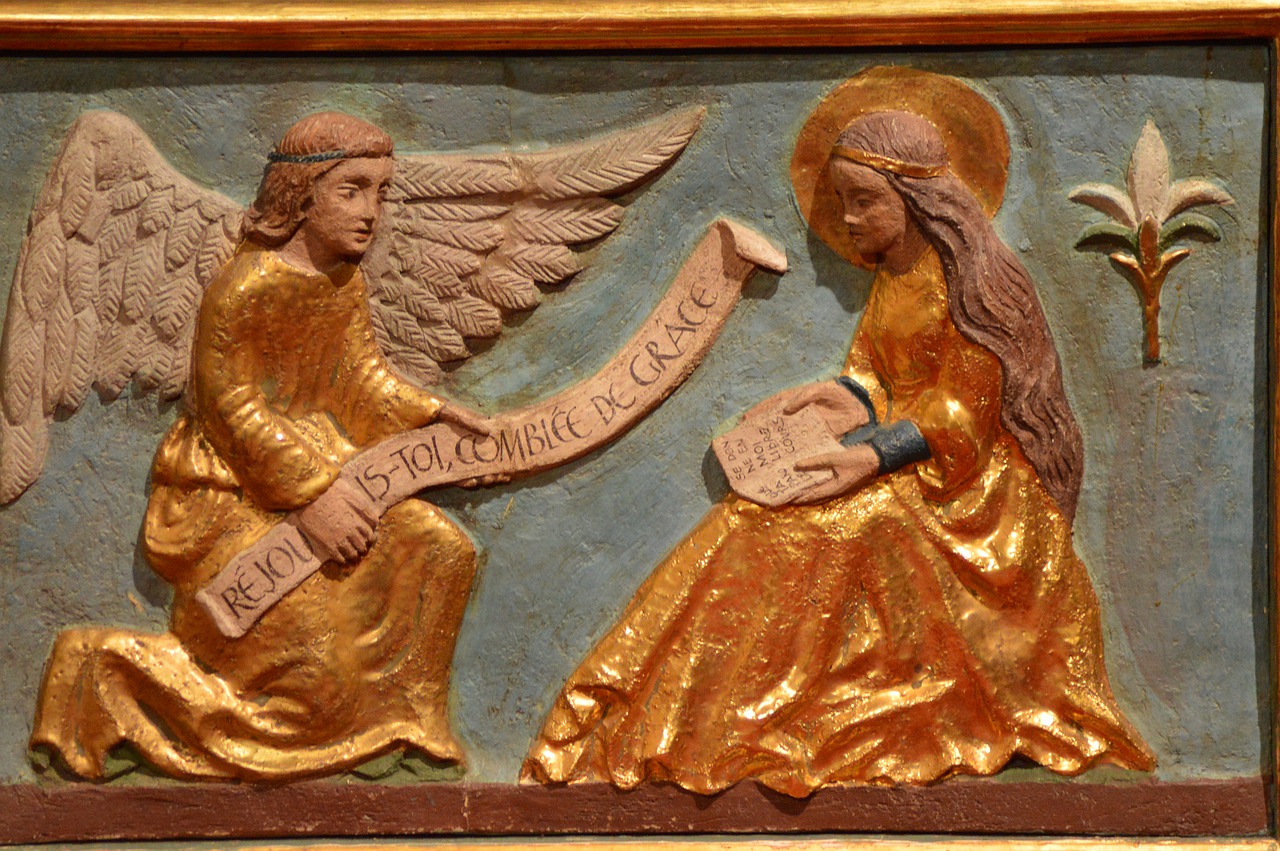
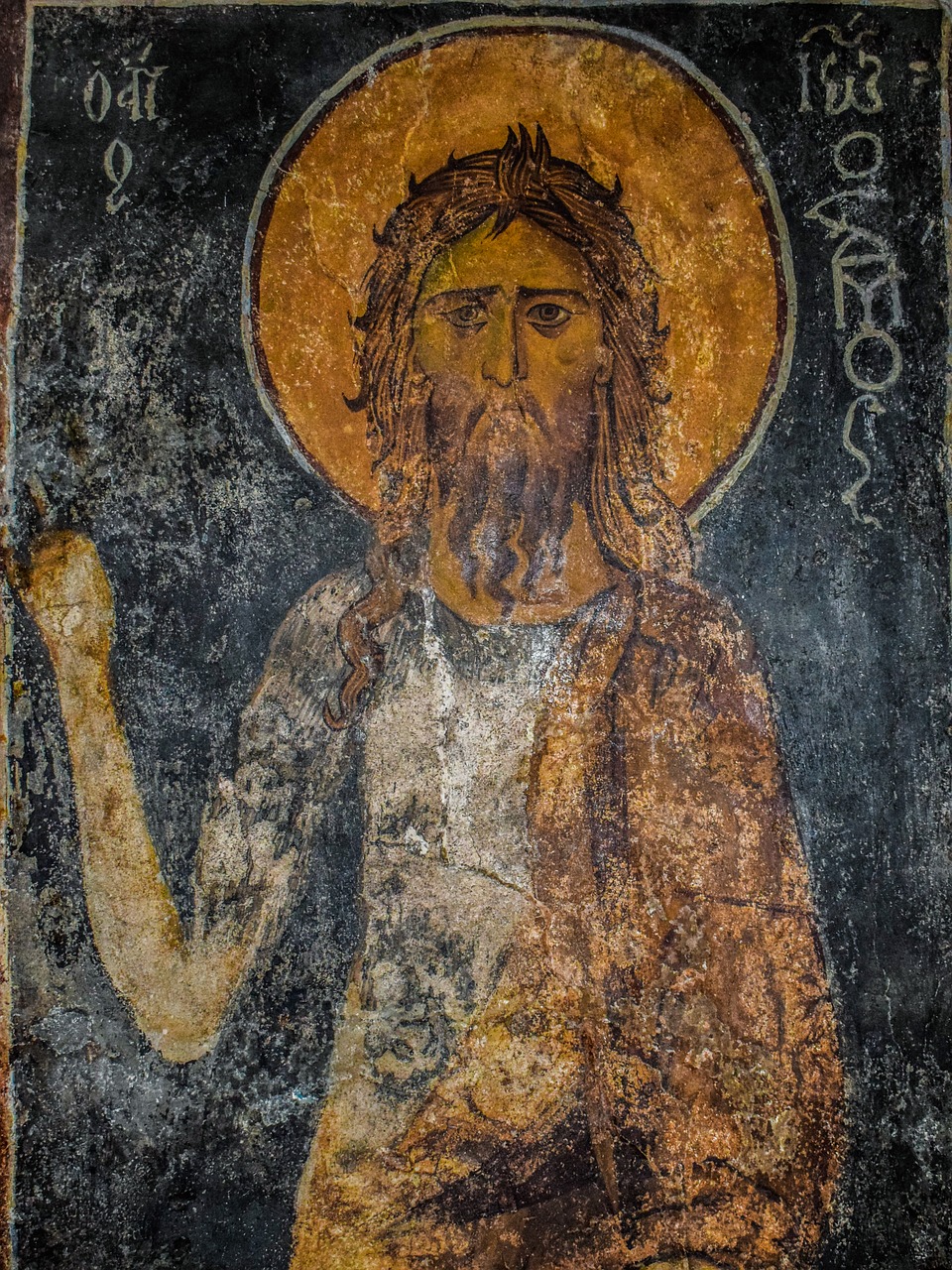
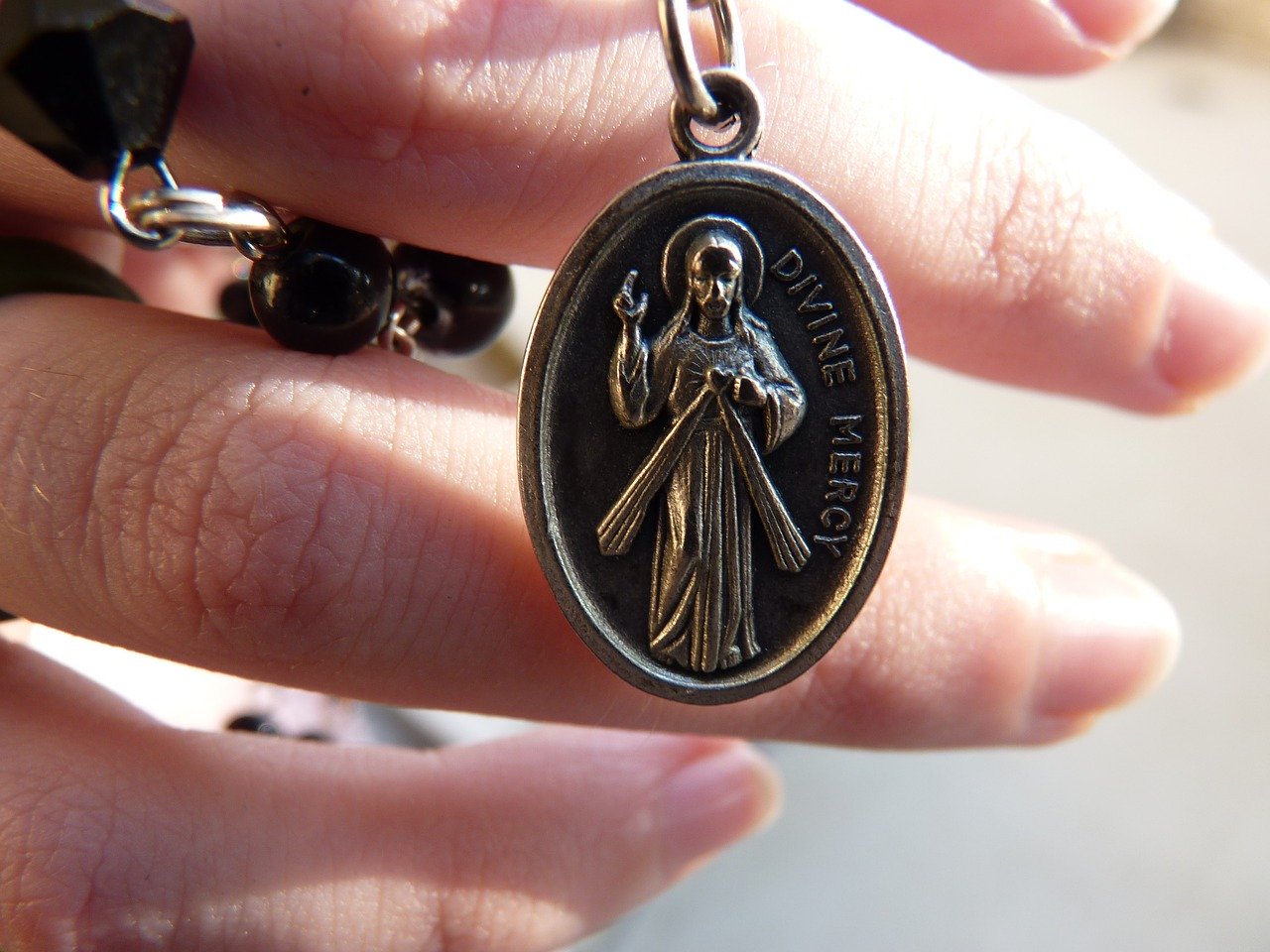
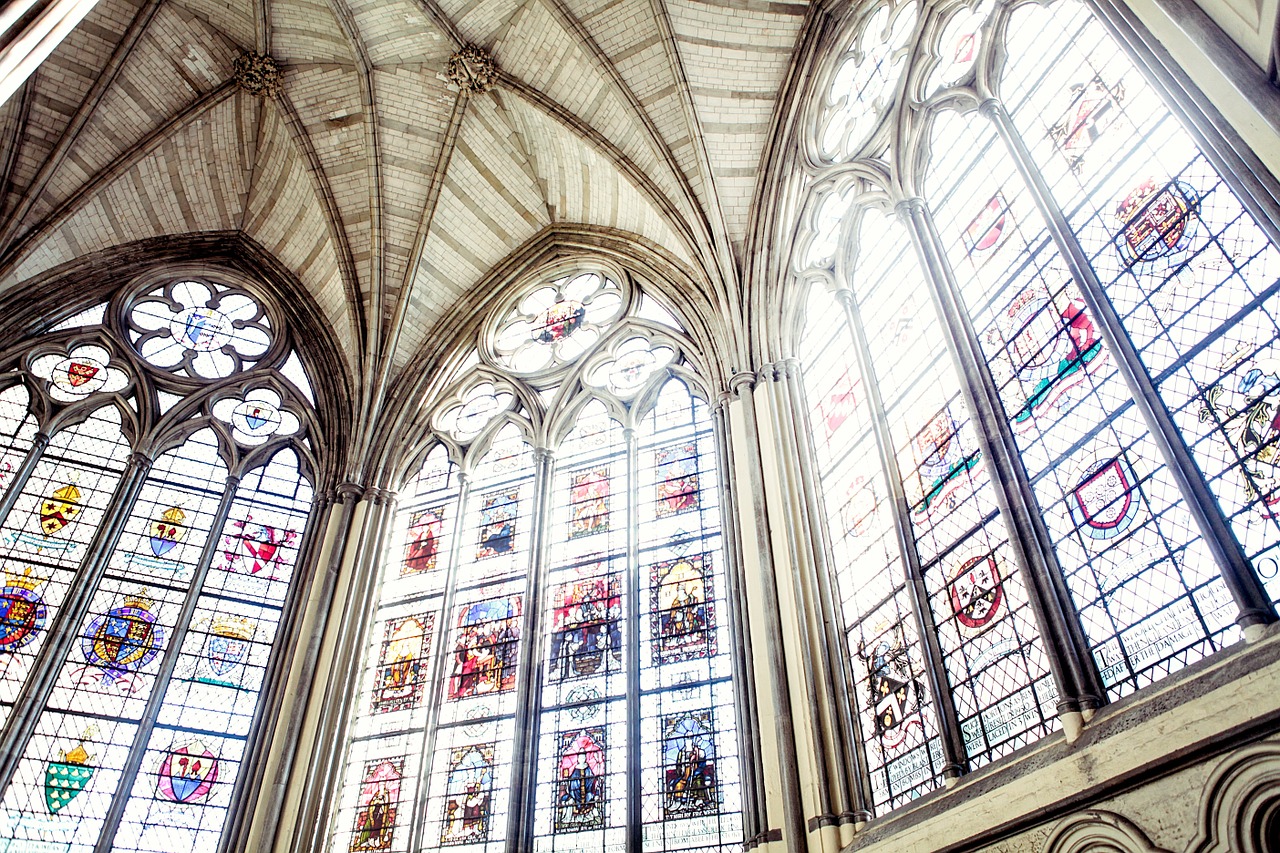

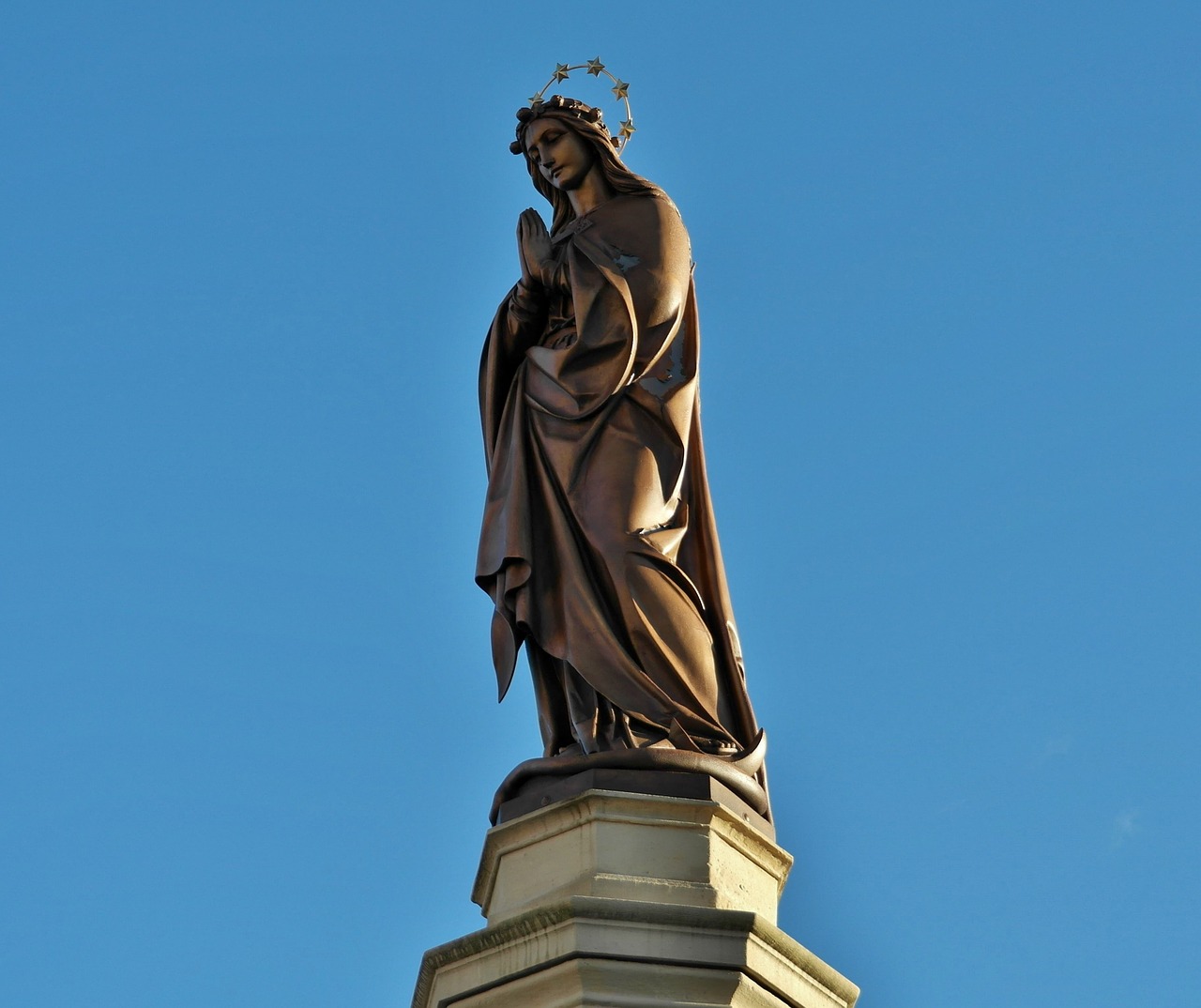
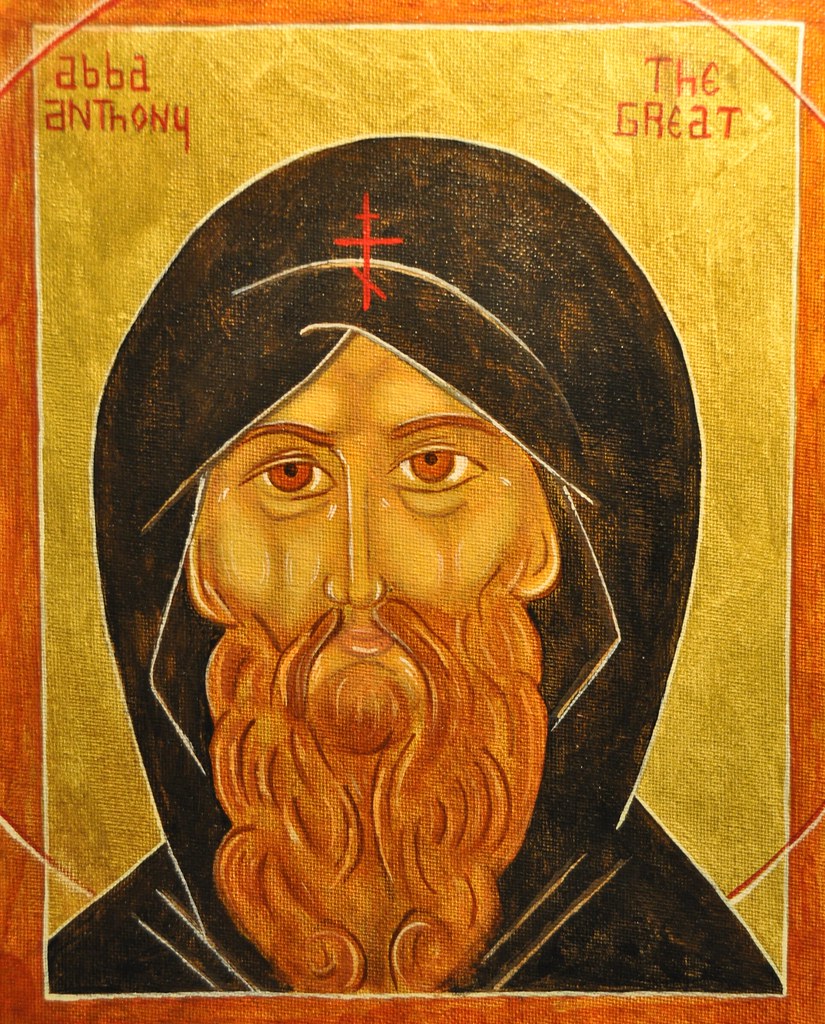
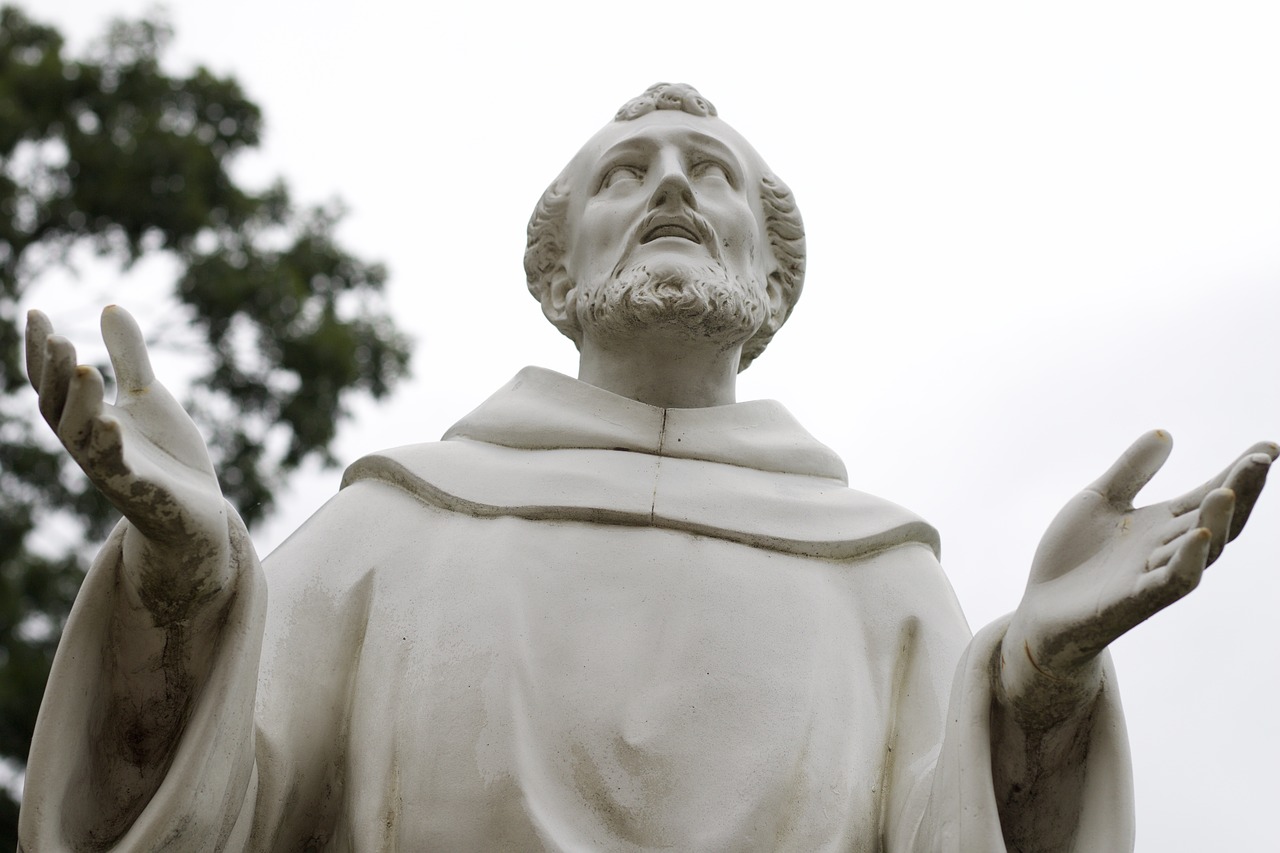

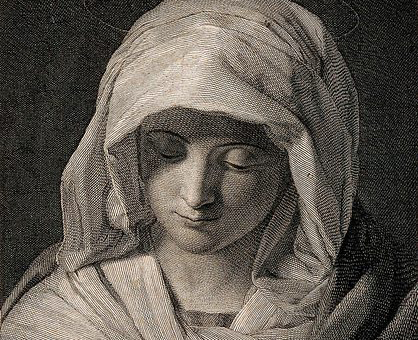





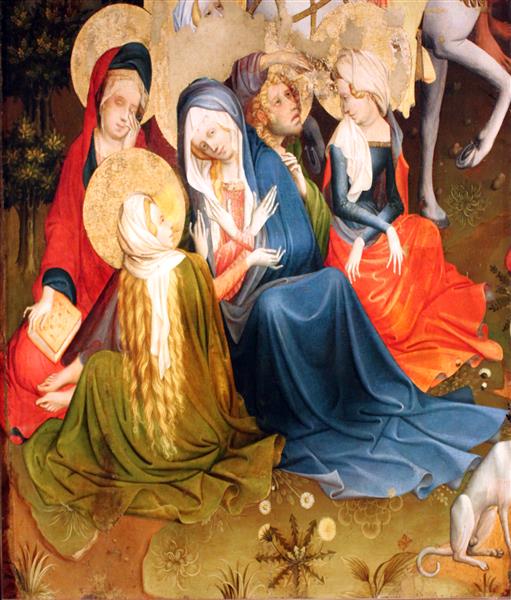




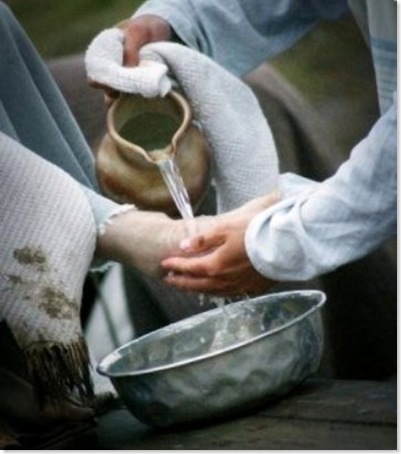 Humility is just about the exact opposite of everything you see in the world nowadays! Our 21st-century moxie is entirely egocentric. As the T-shirt says, "It's all about me." So to discover the essentials of humility, you have to experiment with self-emptying and change the channel from us to the Ultimate Other.
Humility is just about the exact opposite of everything you see in the world nowadays! Our 21st-century moxie is entirely egocentric. As the T-shirt says, "It's all about me." So to discover the essentials of humility, you have to experiment with self-emptying and change the channel from us to the Ultimate Other.